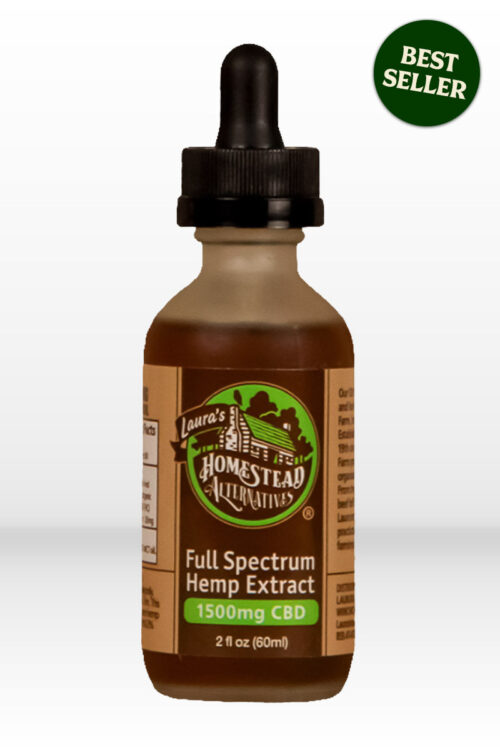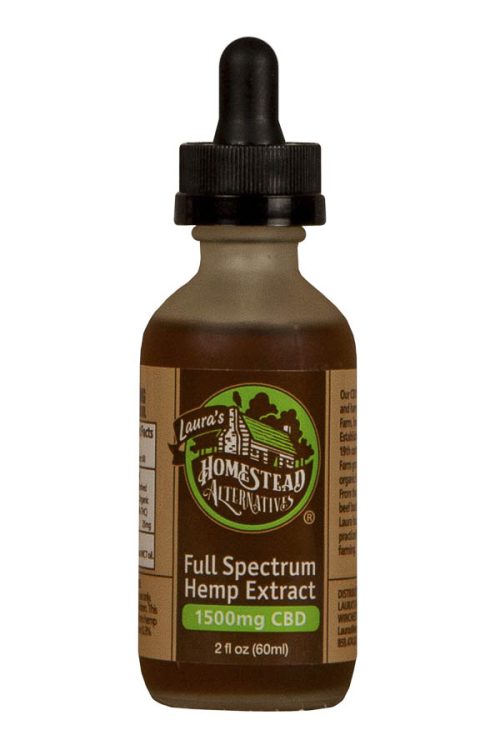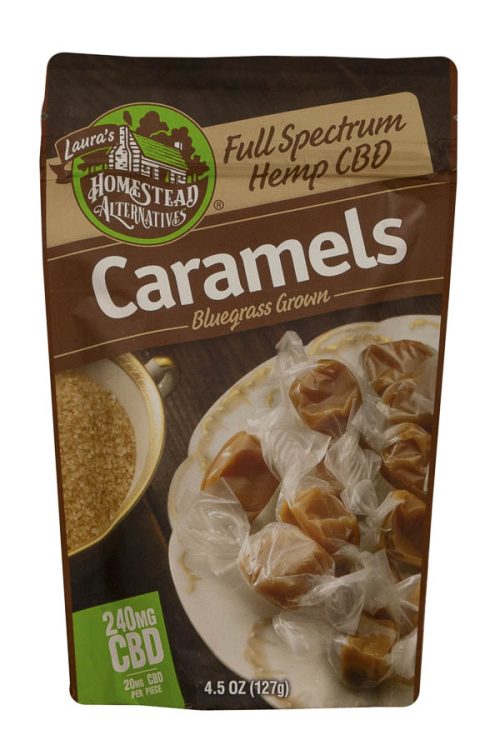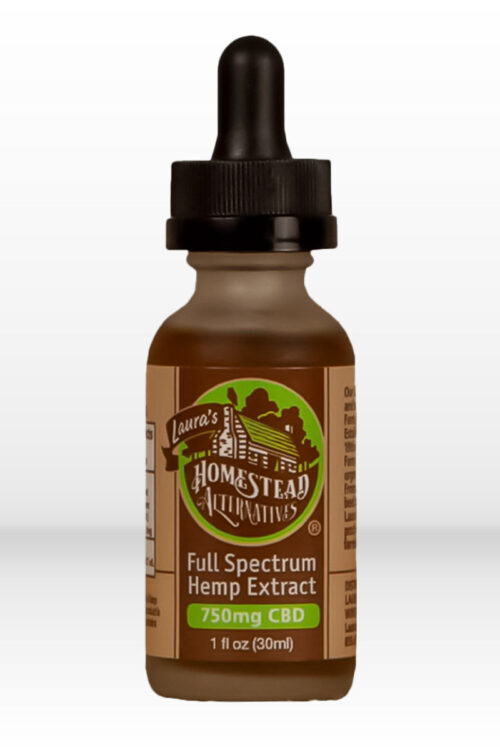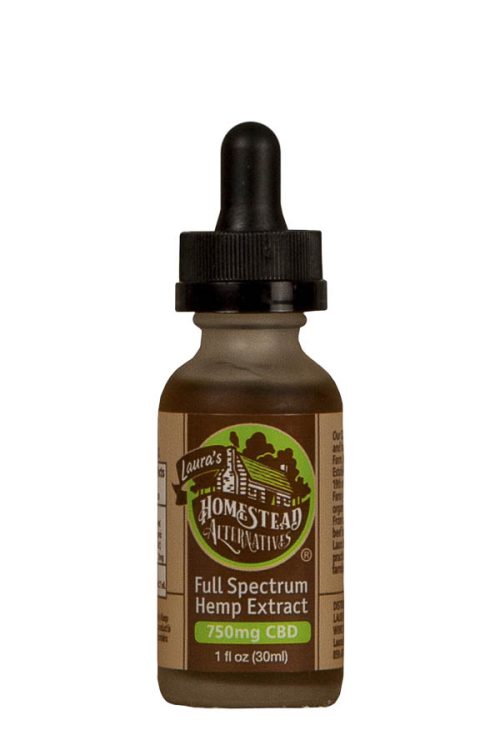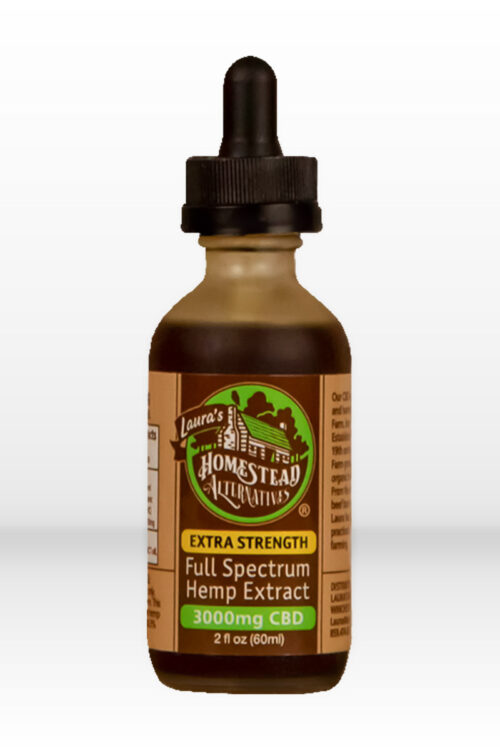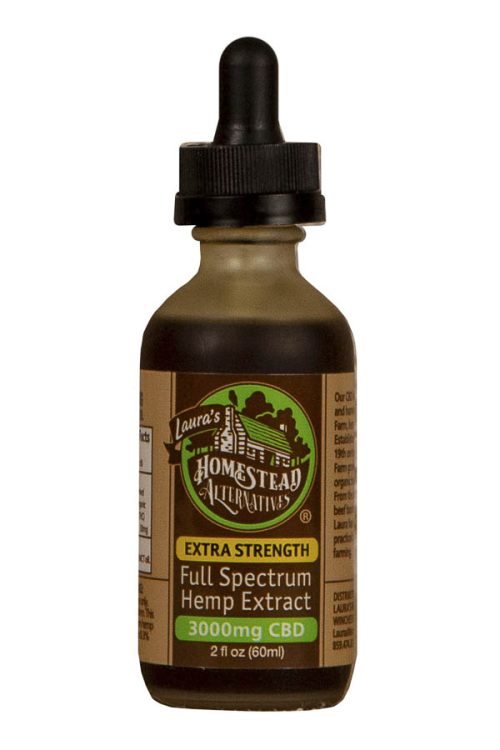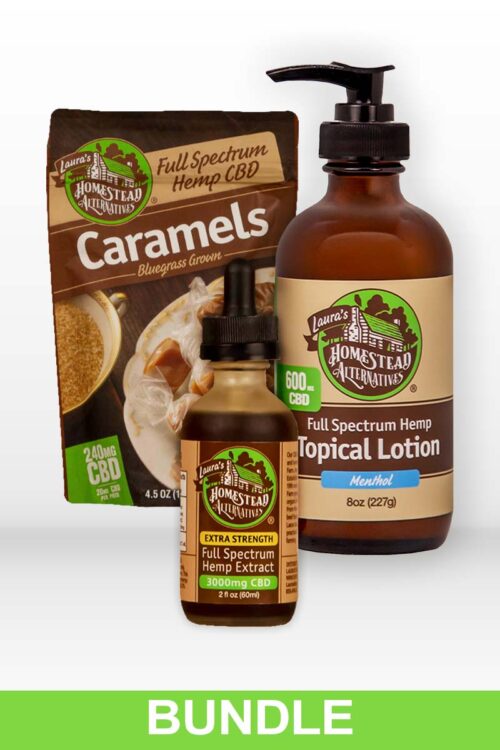What Are Terpenes? Understanding Their Role in CBD and the Endocannabinoid System
When shopping for CBD products, you may have come across the term terpenes. But what exactly are terpenes, and why do they matter? These natural compounds play a significant role in the aroma, flavor, and potential effects of hemp and cannabis-derived products. In this article, we’ll explore what terpenes are, their connection to CBD, and how they interact with the endocannabinoid system (ECS).
What Are Terpenes?
Terpenes are aromatic compounds found in plants, giving them their distinctive scents. From the refreshing citrus smell of oranges to the calming scent of lavender, terpenes are responsible for the diverse fragrances in nature.
In cannabis and hemp, terpenes are produced in the same glands that create cannabinoids like CBD and THC. However, terpenes do more than just provide scent and flavor—they may also influence how cannabinoids interact with the body.
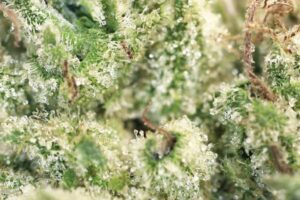
Common Terpenes in CBD Products
Different terpenes may contribute to unique experiences when consuming CBD. Here are some of the most common terpenes found in full-spectrum and broad-spectrum CBD products:
Myrcene – Found in mangoes, hops, and basil, myrcene has an earthy, musky scent and is commonly associated with relaxation.
Limonene – Present in citrus fruits, limonene has a bright, zesty aroma and is often linked to uplifting effects.
Pinene – Found in pine needles, rosemary, and sage, pinene has a fresh, woodsy scent. It’s believed to support alertness.
Linalool – Also found in lavender, linalool has a floral aroma and is often associated with calming properties.
Beta-Caryophyllene – This terpene is found in black pepper, cloves, and cinnamon. Unlike most terpenes, beta-caryophyllene can interact directly with cannabinoid receptors in the body.
Terpenes in CBD: Do They Matter?
CBD products vary in how many terpenes they contain. Here’s how different CBD formulations impact terpene content:
Full-Spectrum CBD: Contains CBD, minor cannabinoids, and terpenes, allowing for the “Entourage Effect,” a theory that these compounds work together for enhanced effects.
Broad-Spectrum CBD: Includes CBD and terpenes but removes THC.
CBD Isolate: Pure CBD with no terpenes or other cannabinoids.
If you want the potential benefits of terpenes along with CBD, choosing a full-spectrum or broad-spectrum product is a great option.
How Terpenes Interact with the Endocannabinoid System
The endocannabinoid system (ECS) is a complex network of receptors (CB1 and CB2) that helps regulate various functions, such as mood, sleep, and immune response. Cannabinoids like CBD and THC interact with these receptors, but research suggests that terpenes may also play a role in how the ECS responds to cannabinoids.
For example, beta-caryophyllene is unique because it can bind directly to CB2 receptors, which are linked to the body’s immune system. Other terpenes, like limonene and linalool, may influence how cannabinoids are absorbed and processed by the body.
Terpenes are more than just fragrant compounds—they help shape the overall experience of using CBD products. By choosing high-quality, full-spectrum CBD, you can take advantage of terpenes and their potential interactions with the endocannabinoid system.
When selecting a CBD product, always check for third-party lab testing to ensure it contains beneficial terpenes and cannabinoids.


